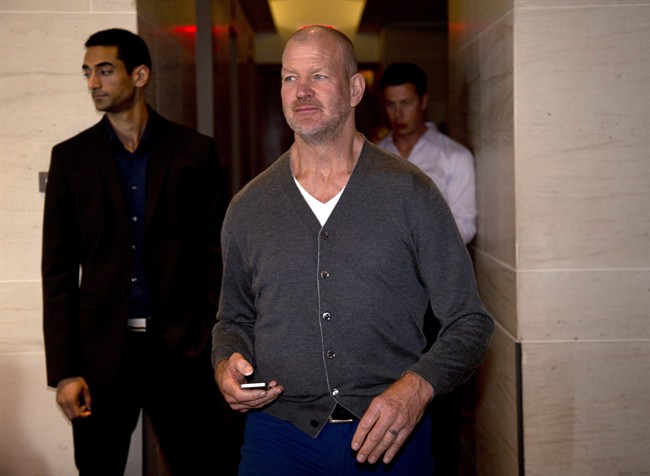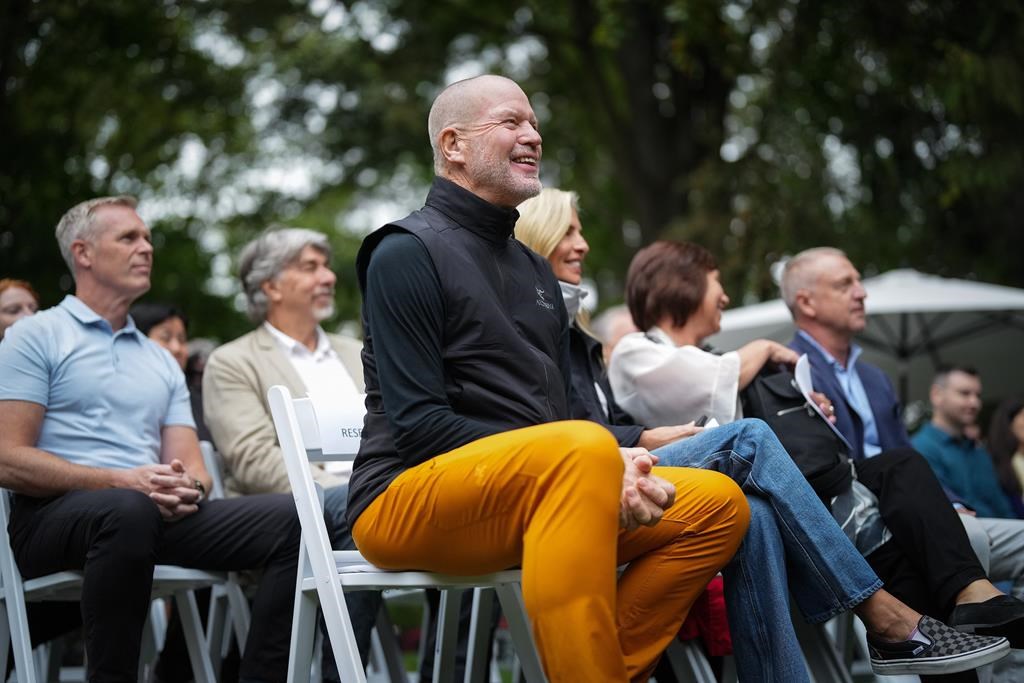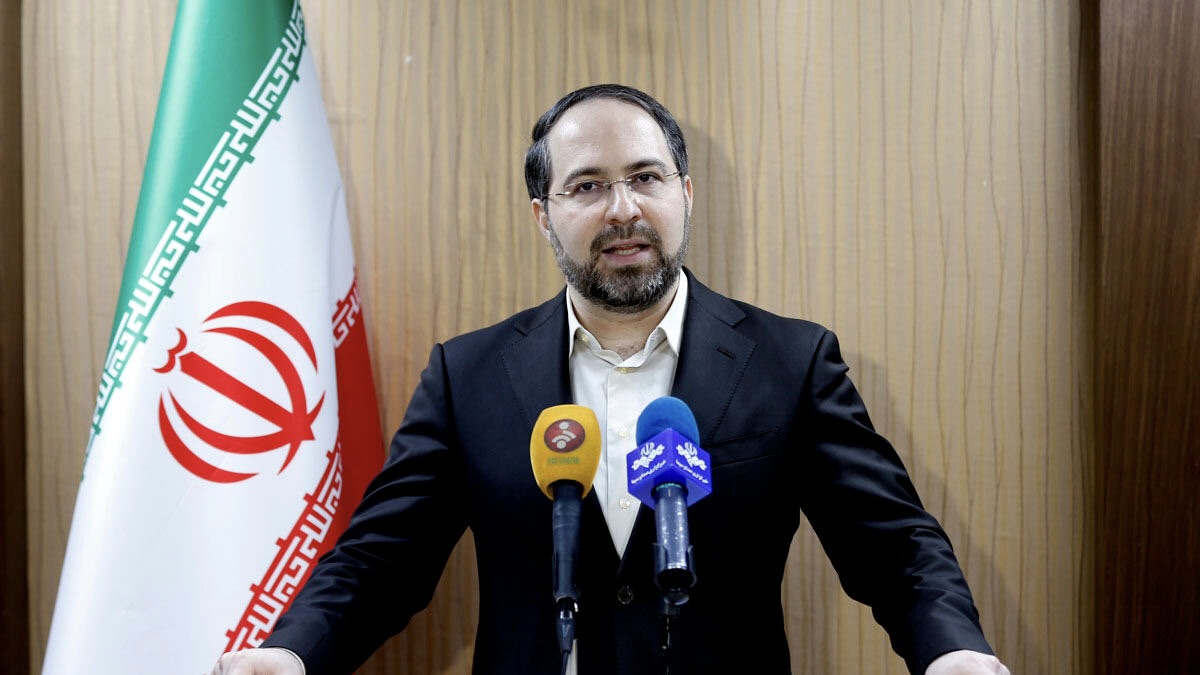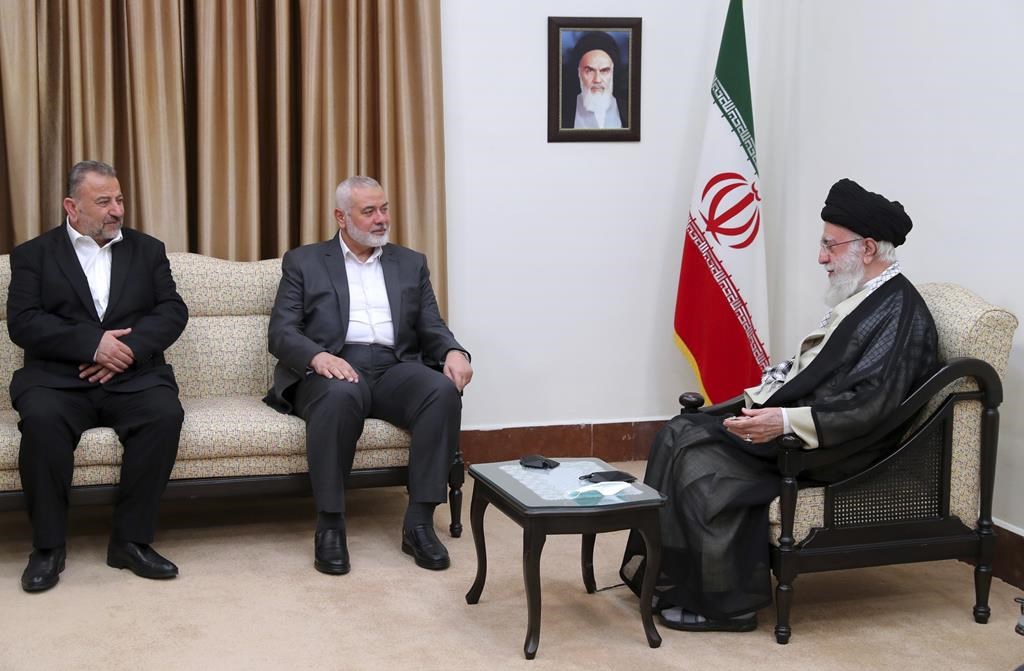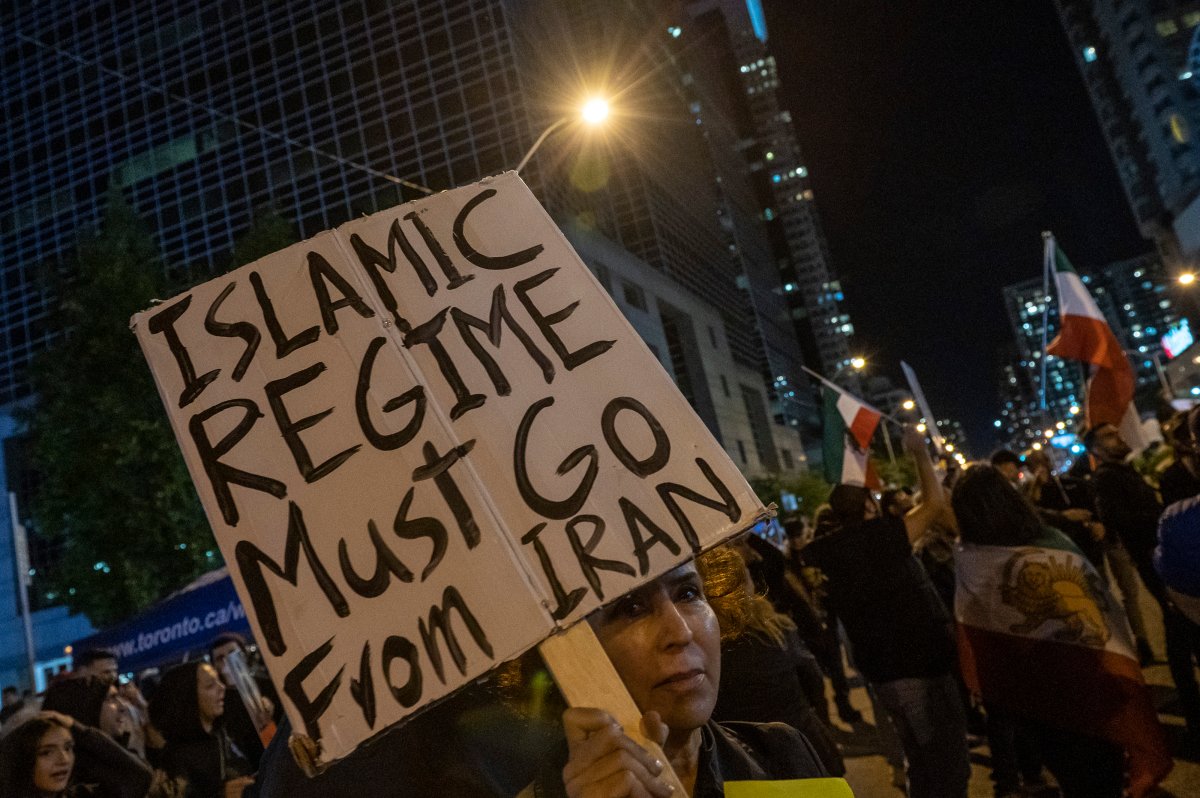MONTREAL — A small group of leaders of Canadian charities in the environment, conservation, and animal protection sectors are taking home compensation packages equivalent to, and in some cases higher than, the salaries of provincial premiers.
An analysis by The Canadian Press identified 17 charities whose top executive drew annual compensation that was in the $200,000 to $250,000 range or higher, according to filings with the federal government made in 2022 and 2023.
The bracket of $200,000 to $250,000 was chosen as a cutoff because at the time it aligned with the compensation of the two highest-paid premiers in Canada — Ontario's Doug Ford with $208,974 and Quebec's François Legault with $208,200. Legault's salary has since risen to $270,120 after members of the legislature voted themselves a 30-per-cent pay raise in June.
Data was sourced from the T3010 Registered Charity Information Return forms of each organization. Compensation, as defined by the CRA, includes salaries, bonuses, honorariums and all other benefits given to employees.
The overwhelming majority of the 864 registered charities in the two sectors examined rely on volunteers or a modestly paid workforce. Almost 59 per cent of them only have volunteers and 14 per cent have no employees earning more than $40,000. Another 15 per cent have no employees earning more than $80,000.
The charity with the highest-paid executives was Ducks Unlimited Canada, based in Manitoba. Its 2023 declaration indicates that two people earned more than $350,000, three others received between $250,000 and $300,000, and four received compensation between $200,000 and $250,000. The organization has 565 full- and part-time employees. Governments contributed just over $27 million to Ducks Unlimited for its year ending March 31, 2023, and a quarter of its $140 million in revenue came from donations.
Spokesperson Janine Massey defended the pay packages in an email. “Ducks Unlimited Canada is Canada's largest nature conservancy .... It is difficult to compare environmental non-profits due to wide variation in mission, scale, and complexity of operations," she said.
"We regularly undertake competitive compensation reviews and adjust our compensation accordingly to ensure that we can attract and retain highly skilled personnel." Among organizations that responded to requests for comment, the competitiveness argument was frequently used to justify the salaries.
Sylvie St-Onge, professor of management at Montreal business school HEC and an expert in compensation management, governance and boards of directors, said the green movement has turned into a small industry. “When they compare themselves, they're going to compare themselves to others in the industry who are like a core group of well-offs,” she said.
At the David Suzuki Foundation in Vancouver, one manager received compensation of between $250,000 and $300,000 for the year ending Aug. 31, 2022, and three others were in the $200,000-to-$250,000 bracket. Spokesperson Charles Bonhomme said the organization has always made it a priority to pay its employees fairly and noted its offices “are located in the most expensive cities in Canada: Vancouver, Toronto and Montreal." The foundation employs just under a hundred people.
Bonhomme said it called on “the expertise of a human resources consulting firm" to help carry out "a salary review across the entire organization.” He said recent staffing changes mean the salaries posted in the most recent publicly available report “no longer reflect our current team."
World Wildlife Fund Canada employs approximately 110 people, and nearly 80 per cent of its revenues come from donations. One of its executives received compensation between $250,000 and $300,000 for the year ending June 30, 2023, and two others received between $200,000 and $250,000. In its response, the organization said its compensation structure "is comparable to that of similar national charities, including in the field of the environment (…) We believe that to have the greatest possible protection, we must recruit the best individuals.”
Nature United had 36 Canadian employees, according to its 2022 statement. One manager received compensation between $250,000 and $300,000 and another between $200,000 and $250,000. Its director of communications, Jacqueline Nunes, says salaries are based on “robust salary review processes” that ensure that they are in the mid-range relative to peer organizations.
"As a non-profit organization, we take our finances very seriously and would not be compensating leaders more than necessary to secure strong leadership, which is so crucial as we work towards a Canada where people and nature are united, and ecosystems, communities and economies are thriving," she wrote in an email.
The Atlantic Salmon Federation, based in Saint-Andrews, N.B., had one employee earning between $200,000 and $250,000 in 2022. The federation, which employs 32 people, derived 22 per cent of its $6 million in revenue from government sources and 16 per cent from various donations in 2022.
"We recently completed an external compensation review, which found our salary structure to be competitive with other mid- and large-sized Canadian NGOs focused on conservation and the environment," federation spokesman Neville Crabbe said. "Whether people work in the private sector, for government, or non-government organizations, they should be compensated fairly and reasonably for the quality of their work."
St-Onge, however, suggested the high pay might be delivering a message that is at odds with the public persona of these charities, which ostensibly are there to help the planet.
"When we talk about sustainable development, it is also about social responsibility. It's like sending a contradictory message with the values that there should be," she said. "Somewhere, there is a board of directors that either did not do its job or that found a rationale for it."
It would be preferable, according to her, to look for people for such organizations who are motivated by a calling rather than by ambition. “In these organizations, it is not so much the best in terms of expertise that you need, but the best in terms of mobilization, faith, belief in adherence to the mission — someone who doesn’t come so much to get the money.”
Other organizations with compensation in the higher bracket that did not respond to a request for comment include the Nature Conservancy of Canada — which in 2022 paid one employee between $300,000 and $350,000 and three between $200,000 and $250,000 — and the Alberta Conservation Association, who had one employee in the $300,000-to-$350,000 range and two in the $200,000-to-$250,000 bracket.
This report by The Canadian Press was first published Jan. 4, 2024.
Pierre Saint-Arnaud, The Canadian Press






